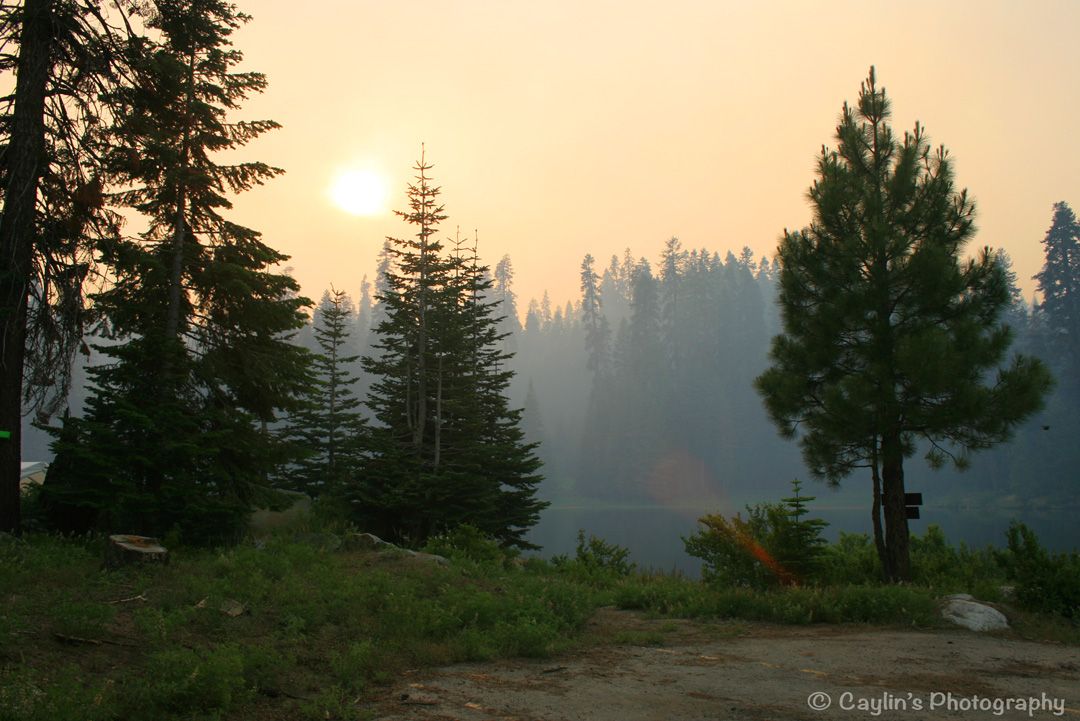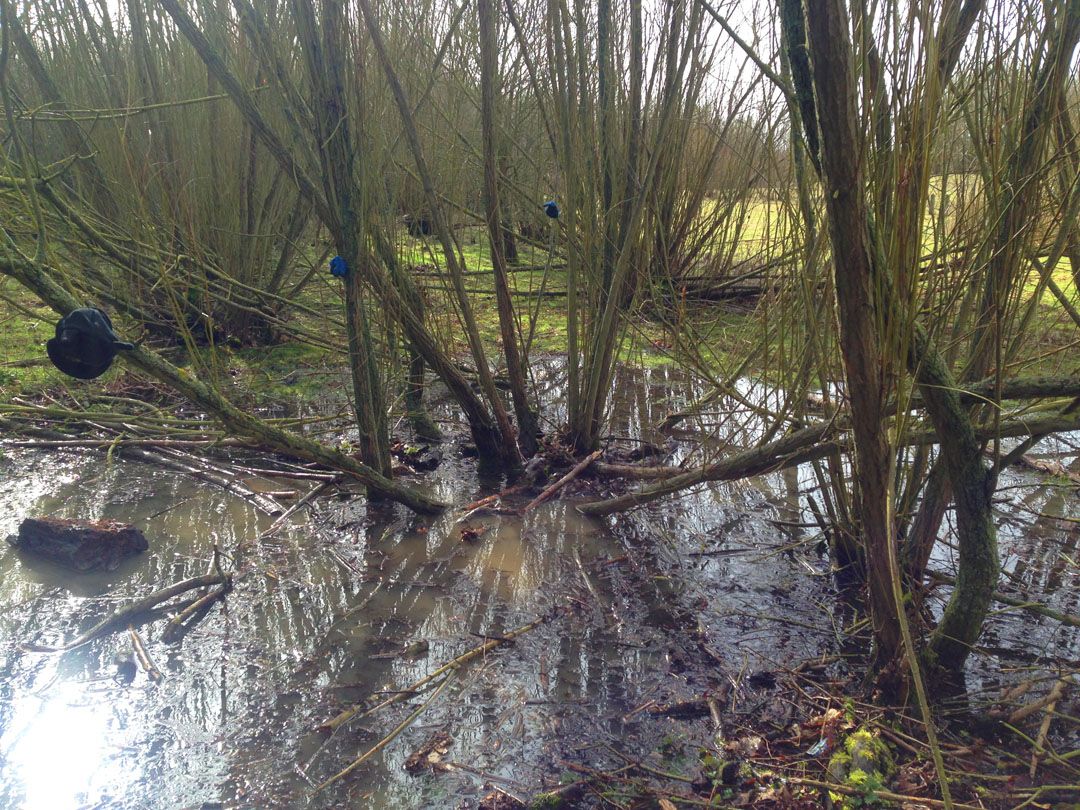
Blog
Stories from my personal journey learning about and delivering Nature-rooted programs across three different countries
If you love nature, cut down trees. Wait.. what?
Caylin (Forest Schooled)

Empty space, drag to resize
I used to work for an environmental charity that was responsible for managing the parks and green spaces in a city. We would often get people complaining that we had 'destroyed' the woods after a bout of coppicing work (where trees are cut just above ground level) had taken place in areas of woodland people visited or lived near. It was a constant struggle to communicate why the work was necessary and that rather than 'destroying' the woods, it was actually for its benefit.
It reminded me of when I used to work in a National Park in California where the systems of landscape management were on a far grander scale. Do you know the best way to preserve the glorious mountains and beautiful ancient groves of sequoia trees that span that vast and 'pristine' wilderness? Well, you set fire to it...
After years of work preventing 'destructive' forest fires in the national park, people realised that natural fires were actually a part of the forest's regenerative cycle. The plants and animals in the landscape had adapted to it and fire was necessary for the survival of some species.
“Sequoias, for example, have adaptations to survive fire, and have trouble reproducing without it. Flames clear and fertilize the ground under the big trees, leaving the kind of soil in which their seeds germinate best. Not coincidentally, fire also opens sequoia cones, so that seeds rain down on this excellent seedbed. In addition, fires remove ground vegetation and forest litter that compete with the seedlings for moisture, nutrients, and sunlight” (National Park Service).
To completely suppress fire would therefore upset the ecological balance of the area and ultimately damage the ecosystem as a whole. Therefore, the park service regularly use "prescribed burns" to help maintain the park's ecology. That is, they schedule in times to set fire to the forest...
When it comes to looking after the landscape, it sounds backwards doesn't it? But it works! Sometimes destruction is necessary for regeneration.
The same concept applies in the woodlands I've worked in for Forest School. Though the system of management does not include lighting it all on fire, it does include cutting down trees. Many of our woods have been historically managed through techniques like coppicing to provide a renewable and varied source of wood and timber. Understory trees were coppiced and allowed to regenerate over the following years, resulting in new shoots growing out from the stump. Many tree species can be cut in this way several times throughout their lifetime, so different areas of the woods would have been coppiced on rotation to provide a continuous supply of resources. These practices took advantage of the natural regenerative properties of trees and woodlands to provide a source of renewable and sustainable resources.
Many plant and animal species benefit from this form of management because it alters the structure of the woodland, providing a greater variety of habitats.
“Coppicing and creating rides and glades can enhance the biodiversity of a woodland by increasing the levels of light, rejuvenating individual trees and allowing shorter vegetation and shrubs to grow, thus creating more structural diversity and micro-habitats leading up to the edge of the taller trees” (Kent Wildlife Trust).
So how does this all apply to Forest School? Well, while helping out at a Forest School recently, the kids became drawn to an area of willow that was partially flooded. One tree was completely surrounded by a pool of water creating a 'willow island' and the children's natural inclination was to build a bridge over to it.

The willow in the area had been formerly coppiced, but had been obviously neglected for several years. It was desperate for some work to be done to it. What a great opportunity to combine a learner-led project with some sustainable woodland management practices!
So we got out the saw and we cut down some trees, remembering that sometimes destruction is necessary for regeneration...

References:
National Park Service (no date) Fire in the Parks, https://www.nps.gov/seki/learn/nature/fire.htm, 06/03/2017.
Kent Wildlife Trust (no date) Woodland management: rides, glades and coppice, http://www.kentwildlifetrust.org.uk/sites/default/files/kwt_land_mgt_advice_sheet_10_-_woodland_management_-ride_and_coppice.pdf, 06/03/2017.
More Posts
WANT TO GET FOREST SCHOOLED TOO?
Subscribe to my email letters, something special from me to you so we can learn together. Each one is filled with heart-felt stories from the forest, resources you may find useful, and things that hopefully bring a smile too.
Thank you!
© by FOREST SCHOOLED
